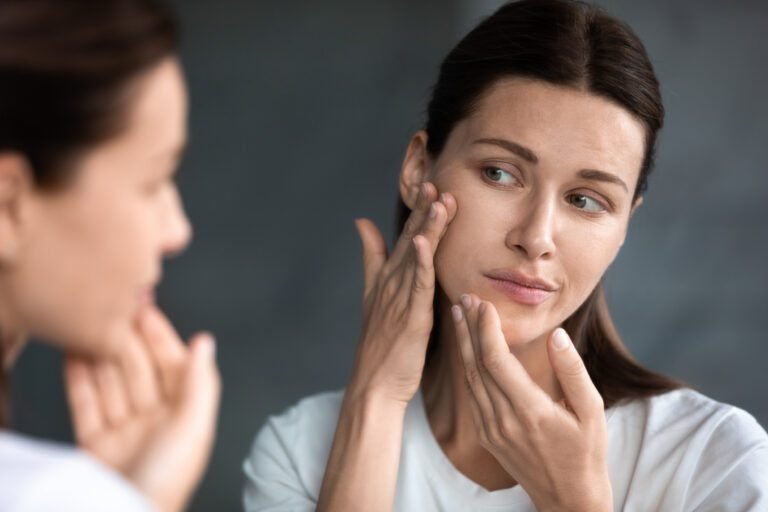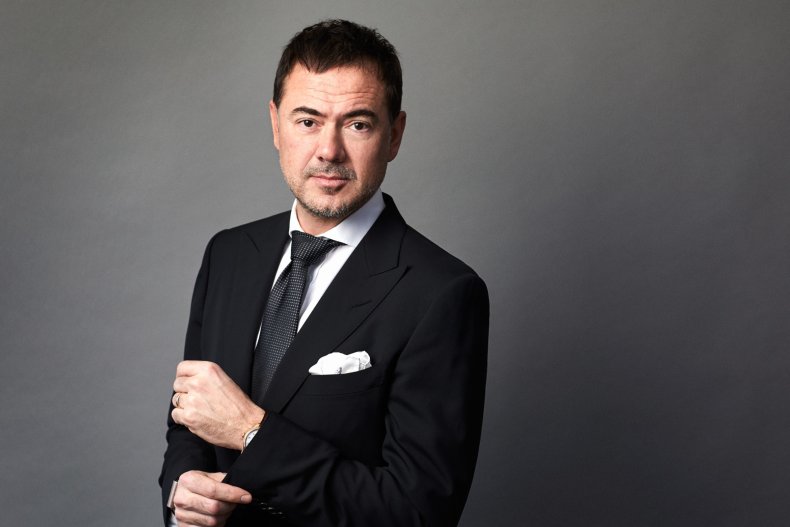
[ad_1]
I became a plastic surgeon over twenty five years ago. My father was a professor of molecular biology and did extensive research into the treatments that targeted aging, so it was almost like the family business.
I always knew I would pursue a career in medicine, but I didn’t know I would become a surgeon myself until I arrived at medical school. In my opinion, cosmetic surgery is the only surgical field where you can use your artistry and have some freedom; it’s a mix of art and medical engineering.
I trained back home in Istanbul before moving to New York University as a visiting surgeon. From 2000 onwards, I worked in my own private clinic and opened my first regenerative treatment center back in 2006.
For the past five years, I have been operating in London and became a clinical associate professor for plastic and constructive surgery in 2020. I mostly specialize in facelifts and stem-cell treatments, which can be used for reconstructive purposes, but also for the treatment of aging.

Getty Images/Mr. Tunc Tiryaki
What causes aging and how to slow it
As faces age, the resorption of bone tissue majorly increases, so our internal bone framework is getting smaller. That is one reason our skin and muscles, in the lower and middle section of the face, start sagging.
For me, the first stage of treatment in this area is always about the regeneration of bone mass. In my experience, the most effective way of treating the aging process in this area is a face lift using stem-cells.
The procedure involves removing fat from the body—because fat is a good source of our own stem-cells— then isolating the stem-cells from the fat and injecting them back into the face. This regenerates skin quality and replaces the volume that is often lost with age.
In my experience, fillers are not the best way of treating the sagging of skin in this area, because they can cause various complications. As fat-derived cells are extracted from your own body, there is less risk of rejection or adverse reactions.
When it comes to the upper face, the dynamic lines on your face are caused by excessive usage of your muscles. There, the only treatment is to relax those muscles. That’s where Botox comes into the game.
Botox is an injectable muscle relaxant, which if you inject into the right place, will cause the lines and wrinkles related to those contractions to fade away. Within three to five months, the muscles start working as they would normally and you start to have those same lines again.
When I summarize this, I explain that the face below the eyes is aging in part because of the reduction in bone volume mass. The cheekbones framework, the jawline and the chin are receding and that is why the skin and the muscles fall down. There, the major treatment I recommend to my clients is re-volumization of the face. There you can use stem-cells, fat transfer treatments or some fillers. When aging occurs on the upper part of the face, it’s typically because of excessive use of the muscles, so there the treatment is muscle relaxants, like Botox.
What I use instead of Botox
I started having stem-cell injections and fat transfers in my lower and middle face around ten years ago, when I was forty three and started to see the increasing effects of aging. At the same time, I started having small Botox injections in my upper face area. In the next two years I also used superficial treatments like radiofrequency treatment to tighten the skin further.
Because my own forehead muscles are very weak, if I don’t use those muscles then my eyebrows start to drop down slightly. So after various attempts, I stopped using Botox myself after I turned 48.
I personally love regenerative treatments like fat transfers. I find stem-cells create very natural results for my jawline and cheekbones. So in my case, I treat my mid and lower face with my own fat tissue, but have stopped the injections in my upper face and kept the wrinkles.
I don’t like using creams, because I do not believe the majority of them work very well. However recently I have started using cord blood-based cream, which contains stem-cells derived from calf umbilical cord serum.
In my opinion, Botox should not be used more than four times a year. Ideally they should be used every four months. Fillers I would not recommend anyway, I don’t like using them very much, but if you do use them, my suggestion would be to do it every six or seven months.
Stem-cell injections or fat transfers can be done every five to seven years, not because the tissue which has been transferred will go away, but because the bones will continue to recede.

Mr. Tunc Tiryaki
When to start using Botox and facial treatments
Aging starts when you stop growing. So after the age of around twenty three, we usually start to see signs aging. But, people don’t typically start seeing the first major signs of aging until after the age of thirty three. This is the time I start suggesting to clients that they may want to begin taking pre-emptive measures; using things like Botox for the upper face and re-volumizing treatments for the middle and lower face. That is universal, I suggest the same for men and women.
The only thing that makes the difference in the aging process, in my experience, is a person’s genetic background. Those with a Nordic heritage, who have strong cheekbones and jawlines, start from a better point and the signs of aging typically start showing themselves later. Whereas the Mediterranean facial structure typically has smaller cheekbones to start with, so these will sag much earlier.
How much Botox and fat transfers cost, and what to avoid
I believe the most important thing is to never, ever treat the lower eyelid area, the tear duct area, with fillers. I see at least five patients who have complications concerning this area every day.
Botox injections, depending on the area, might cost somewhere from £300 ($351)-£500 ($586). Fillers may start at £500 ($586), depending on how much you will use. Fat transfers tend to cost around £5,000 ($5,866), because it’s a surgical procedure and stem-cells are £7,000($8,212)-£10,000 ($11,732). But that is because this treatment is more complex. I would always recommend going to a trained medical professional to get any treatments.
If stem-cell treatment is not attainable financially, for the lower face only, fillers are okay, however they must be administered properly, but for the cheekbones and lower eye-lid area they are dangerous, so I would suggest going for a fat transfer.
Mr. Tunc Tiryaki is a world-renowned plastic surgeon. He is the founder of the Tiryaki Clinic in Istanbul and a Consultant Plastic Surgeon at Cadogan Clinic in London. You can visit his website here.
All views expressed in this article are the author’s own.
As told to Newsweek editor, Monica Greep.
[ad_2]
Source link